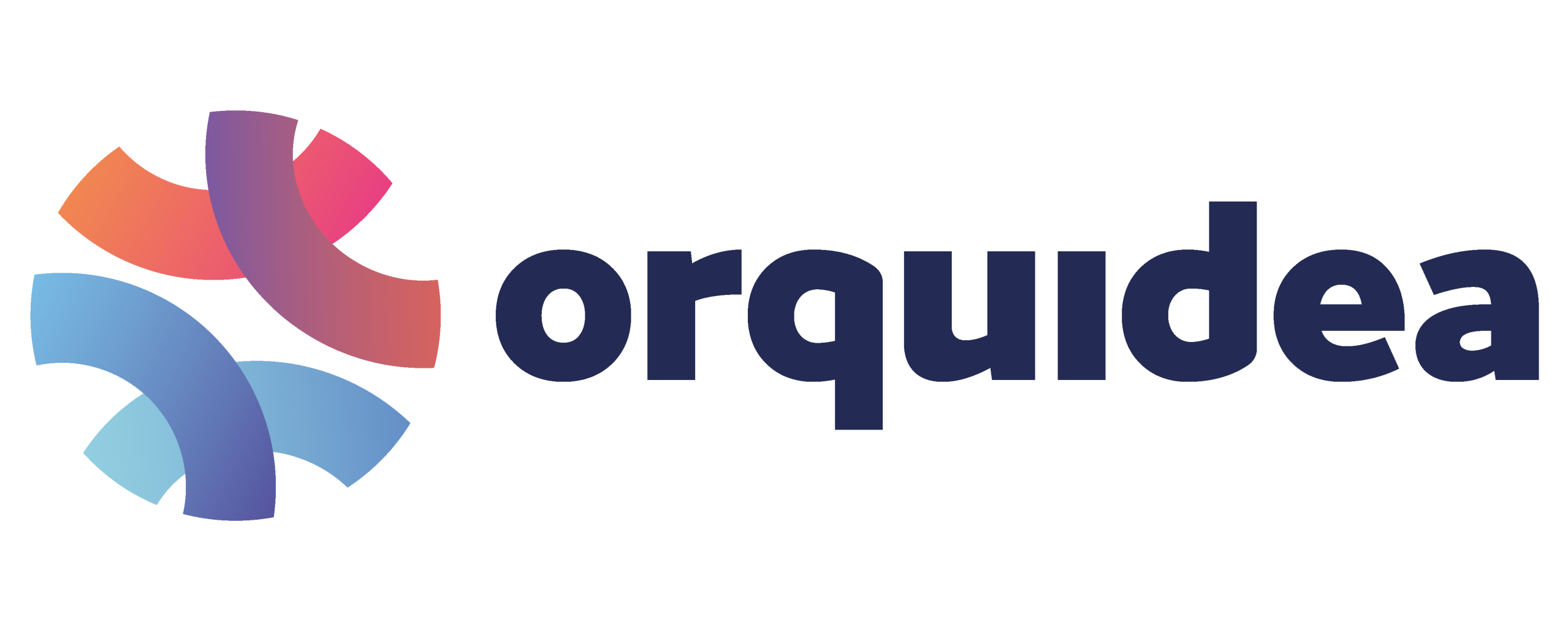AI and the Rewriting of Creative Identity
Creativity was once seen as uniquely human—sparked by inspiration, shaped by culture, and driven by emotion. But with generative AI now writing poetry, composing symphonies, and producing visual art, the boundaries of authorship, originality, and artistic identity are being redefined. This isn’t just a shift in tools—it’s a transformation of meaning.
This article explores how artificial intelligence is reshaping creative identity across fields, questioning long-held assumptions about imagination, expression, and cultural authorship.
1. From Human Author to Computational Collaboration
AI tools now participate directly in creative workflows:
- LLMs co-write screenplays and brainstorm plot ideas
- Generative models assist in music arrangement and sound design
- Text-to-image platforms turn prompts into illustrative compositions
Artists aren’t just using AI—they’re creating with it, blurring lines of authorship.
2. Rethinking Originality
Traditional originality relied on:
- Novelty of expression
- Cultural references and reinterpretation
- Emotional and stylistic signatures
AI disrupts this by:
- Remixing millions of data points
- Generating plausible styles with no lived experience
- Creating works that feel intentional—but originate from pattern recognition
The result: authenticity becomes a question of context, not source.
3. The Rise of AI-Pseudonymous Creators
Some artists publish under pseudonyms powered by AI:
- Generative pen names producing novels or essays
- Virtual visual artists with curated styles
- Avatars with backstories and musical catalogs
Creativity becomes persona-first, not author-first, challenging identity norms.
4. Creative Agency in the Loop
Human creators still drive:
- Prompting and parameter selection
- Curation and refinement of output
- Thematic continuity and emotional coherence
AI may generate—but humans decide what resonates, what lives, and what evolves.
5. Cultural Implications
AI raises cultural tensions:
- Whose data trains the models—and whose stories are embedded?
- Can marginalized voices be amplified—or are they diluted?
- Is style theft inevitable in an era of synthetic replication?
Creativity becomes a site of negotiation, ethics, and cultural memory.
6. Legal and Institutional Response
Copyright systems are evolving:
- Some jurisdictions deny protection for AI-generated works
- Others debate joint authorship between human and machine
- Museums, publishers, and festivals grapple with recognition policies
Law trails behind cultural practice—raising more questions than answers.
7. Emotional Resonance and Machine Expression
AI-generated art can evoke emotion, but:
- Does it feel authored—or curated?
- Is empathy experienced, or simulated?
- Can a machine grasp cultural nuance, or merely replicate style?
The emotional core of creativity becomes a mirror—sometimes hauntingly familiar, sometimes hollow.
8. Creative Resistance and Revival
Not all creators embrace AI:
- Some return to analog methods as a form of rebellion
- Others highlight imperfections and human touch as value markers
- Aesthetic movements emerge around post-AI authenticity
Resistance itself becomes a new creative statement.
9. Expert Perspectives
Sougwen Chung, artist and AI collaborator, notes:
“I don’t draw with machines—I draw alongside them. Our expressions converge, but our experiences diverge.”
K Allado-McDowell, author of machine-assisted literature, states:
“The act of writing with AI is not outsourcing imagination. It’s inviting alterity.”
Their voices show that creative identity is expanding—not vanishing.
10. The Road Ahead
Expect:
- More hybrid creative collectives (human + machine + avatar)
- Platforms that simulate cultural influence and remix history
- Movements to certify authenticity, emotional intent, or authorship provenance
- An explosion of synthetic styles shaped by data, curation, and resonance
AI may not replace creators—but it will challenge what creation even means.
Conclusion
Artificial intelligence is not erasing creativity—it’s redrawing its boundaries. In this new terrain, identity is collaborative, originality is layered, and imagination becomes a dialogue between neurons and vectors. The question is not whether AI can create—it’s whether we are ready to let it reshape how we define the creative self.
